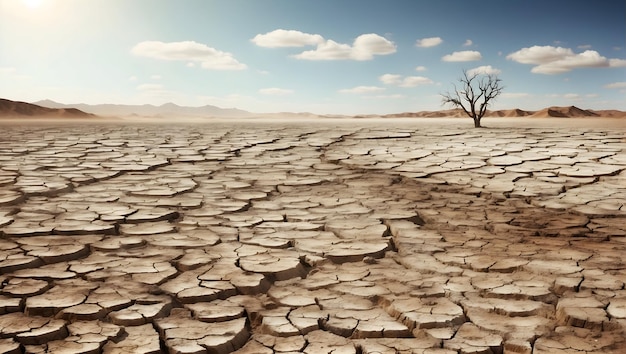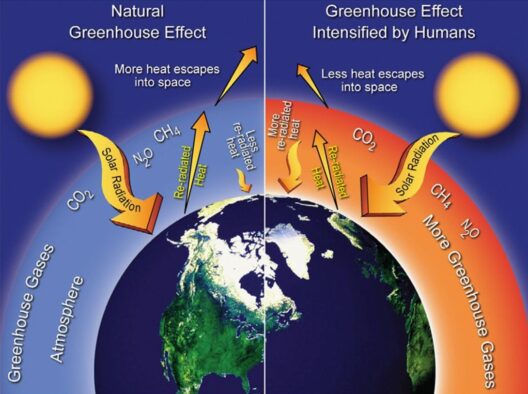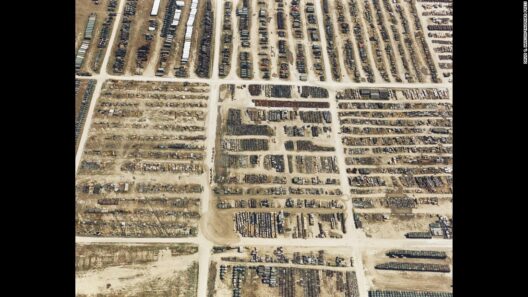The Dominican Republic, a Caribbean gem known for its vibrant culture and breathtaking landscapes, faces a monumental predicament: the ever-looming specter of global warming and its complex ramifications on island nations. Picture this: pristine beaches, lush mountains, and flourishing ecosystems are at risk, creating a formidable dilemma that resonates well beyond its shores. What will become of the sleepy towns, the bustling cities, and the diverse flora and fauna as climate change escalates?
The island’s geographical location makes it exceptionally vulnerable to diverse climate phenomena, including rising sea levels, intense hurricanes, and shifting rainfall patterns. As global average temperatures rise, the ocean absorbs much of this excess heat. Consequently, sea levels are projected to rise, significantly threatening coastal communities and infrastructure in the Dominican Republic. Have you ever pondered what it would mean for a nation whose beauty is intertwined with its beaches if those beaches were to disappear?
In the recent past, the Dominican Republic has experienced an increase in the frequency and intensity of hurricanes, exacerbated by climate change. These meteorological events not only wreak havoc on the infrastructure but also profoundly disrupt the local economy, predominantly reliant on tourism and agriculture. The agricultural sector, already delicate in its existing balance, now finds itself battling erratic precipitation patterns that threaten food security. Consequently, how can farmers adapt their practices to ensure sustainability amidst this turbulence?
Fishing, another pillar of the Dominican economy, is also under pressure due to rising sea temperatures, which affect fish populations and migration patterns. Overfishing compounds the situation, leaving local fishermen grappling with dwindling catches. A significant question arises: what is the accountability of governments and international organizations in supporting these communities in navigating this crisis?
To elucidate the dimensions of this dilemma, it is imperative to explore the socio-economic impacts on the population. The poorer sectors of society disproportionately suffer the brunt of climate change’s ramifications. Limited resources create barriers to necessary adaptations, leaving these vulnerable communities unprotected against forthcoming threats. The disparity in climate adaptation raises another pressing question: how can the nation implement inclusive strategies for equitable adaptation to climate change?
The repercussions of climate change extend to public health as well. Increased temperatures contribute to the prevalence of vector-borne diseases, such as dengue fever and malaria. The challenge of sanitation during heavy rains and flooding further exacerbates health risks for the population. Thus, one cannot help but ask: what preventative measures can be instituted to safeguard public health in the face of climatic adversity?
Disaster preparedness is paramount for island nations like the Dominican Republic. The government, NGOs, and private enterprises must collaboratively devise comprehensive plans to mitigate the impacts of natural disasters exacerbated by climate change. The integration of technology, such as early warning systems and climate-resilient infrastructure, represents a crucial pillar for future preparedness. In grappling with these realities, could it be possible for local communities to assume pivotal roles in these strategies, transforming them from victims of climate change into proactive agents of resilience?
Education and community engagement emerge as vital components of climate adaptation. Awareness programs can galvanize collective action, fostering a culture of environmental stewardship. Empowering local populations to participate actively in sustainable practices is not merely a hypothesis but a necessity. What innovative approaches can the Dominican Republic deploy to educate and mobilize its citizens toward a greener future?
Transitioning towards renewable energy sources presents an avenue for the Dominican Republic to mitigate greenhouse gas emissions. The abundant natural resources, including wind and solar energy, offer potential solutions for decreasing dependency on fossil fuels. However, the capital required for such transitions remains a challenge. This situation prompts an inquiry into: what kind of international partnerships can foster investments in sustainable energy initiatives?
Engagement in global conversations regarding climate agreements and initiatives is essential for island nations. The Dominican Republic must advocate fiercely for climate justice, emphasizing the unique challenges it faces due to its geographic circumstances. Collaboration with other vulnerable nations is critical to galvanizing support on a global scale. One might wonder, how can cross-border alliances strengthen a unified response to climate challenges?
In conclusion, the Dominican Republic stands at a crossroads marked by the perilous influence of global warming. A formidable challenge lies ahead, with economic, social, and environmental stakes intertwined poignantly. The implications of inaction are stark; conversely, proactive measures can ensure a resilient future. Will the Dominican Republic remain a stunning tropical paradise, or will it transform into a cautionary tale of climate inaction? The answer hinges on bold, collective efforts woven through strategic planning, community involvement, and global solidarity. The time to act is now, for not just the Dominican Republic but for all island nations grappling with the complex web of climate change.








